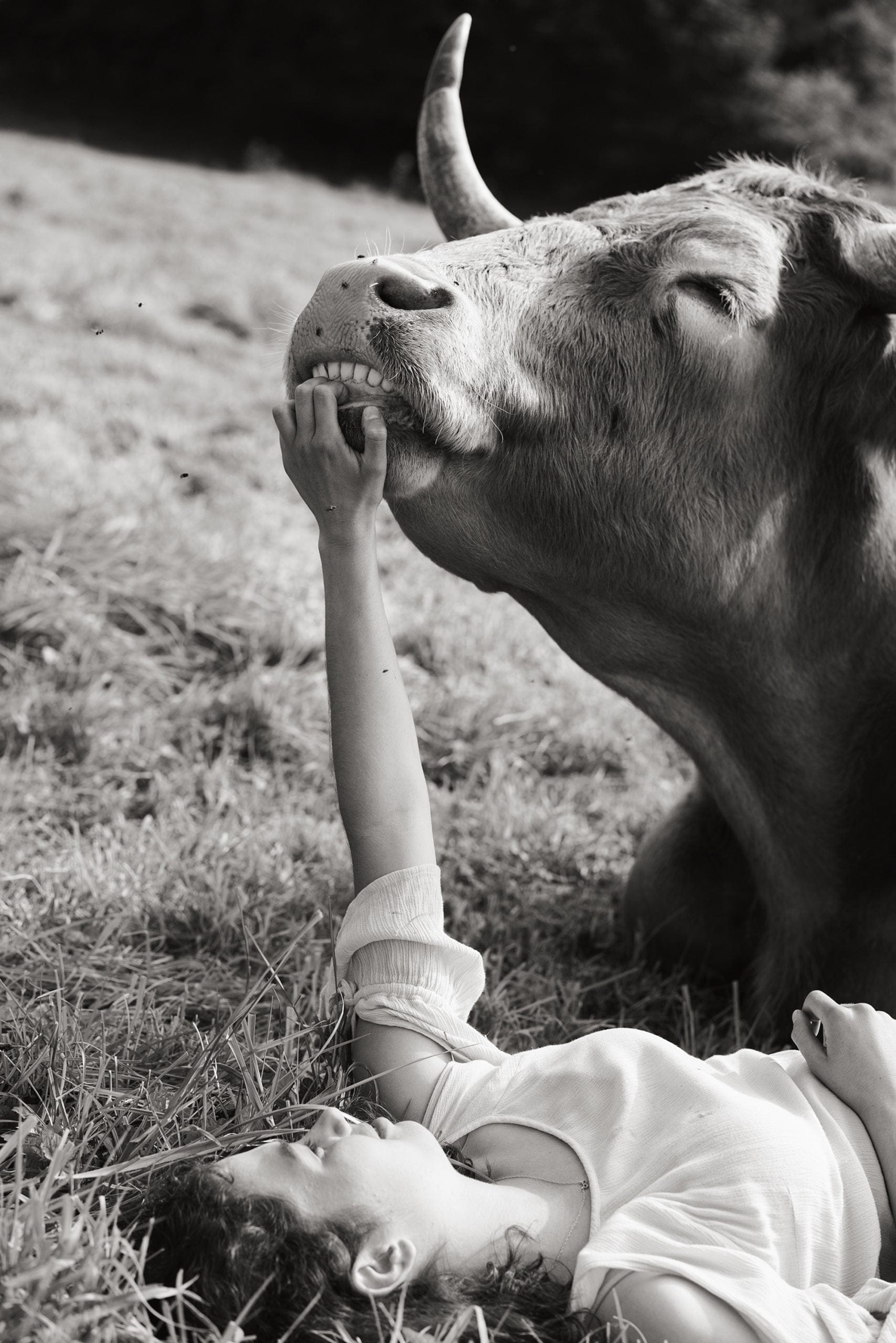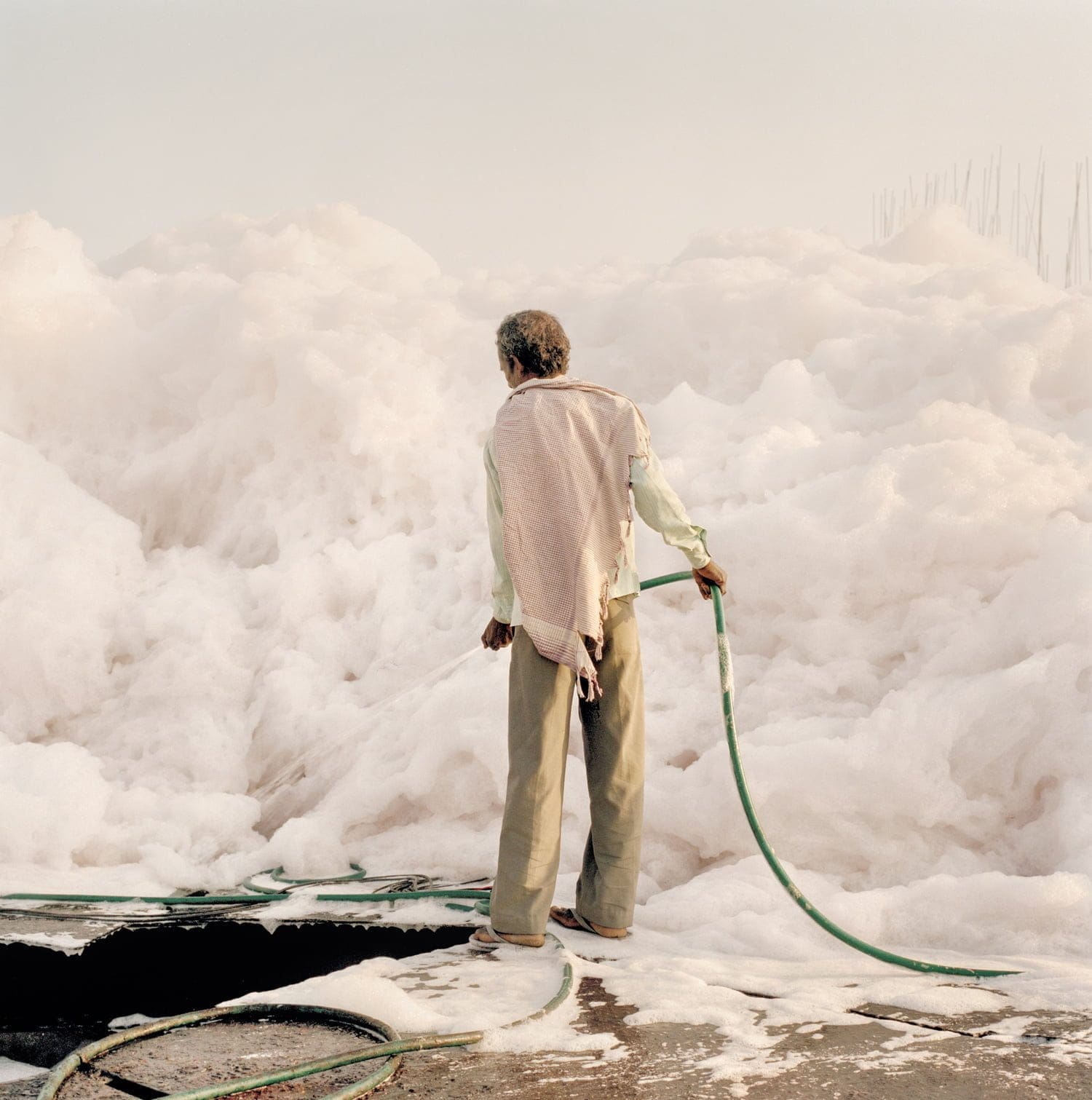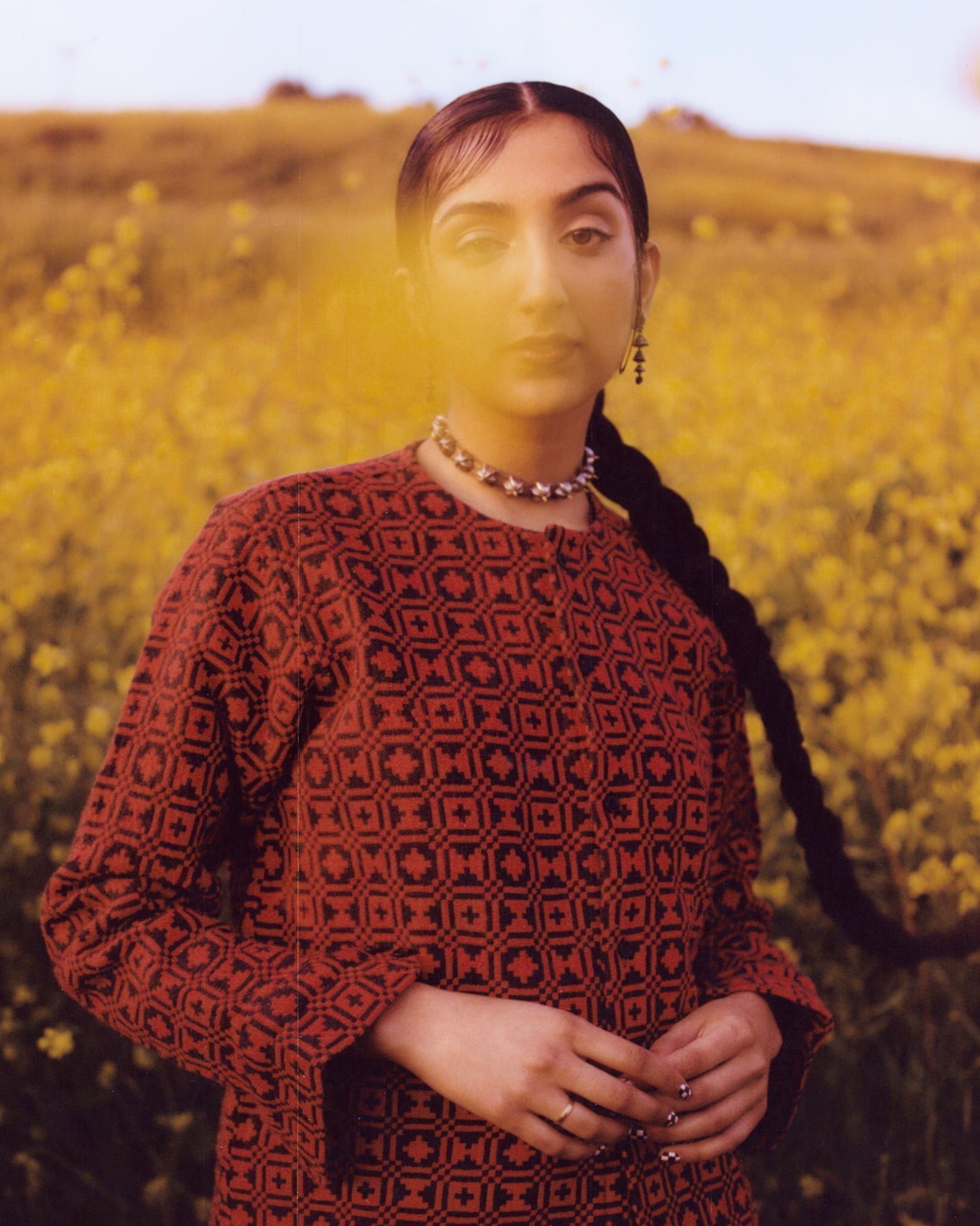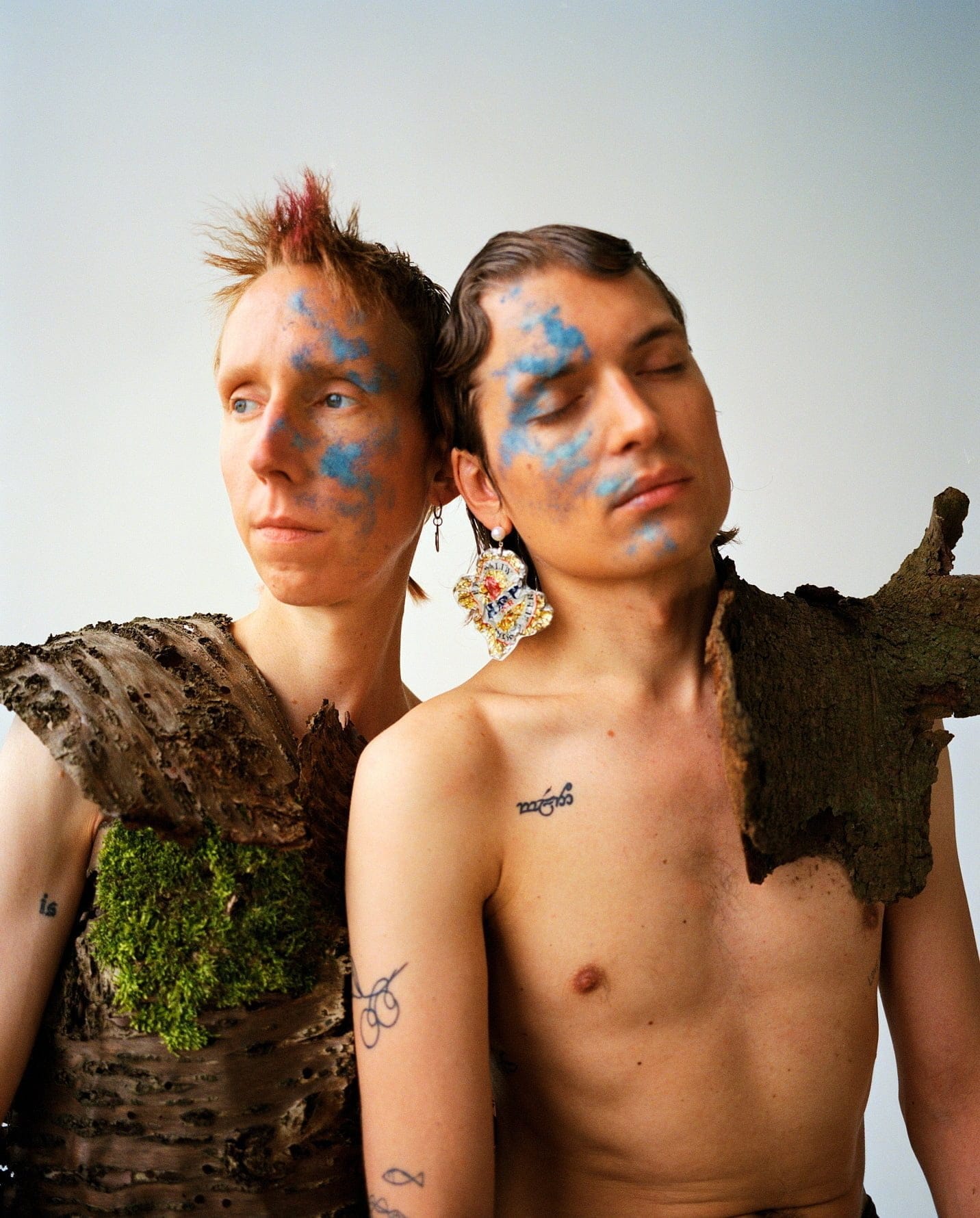What happens when we take a step back to help nature move forward? That’s the idea behind eco corridors, a vast network of natural features and human interventions reconnecting fragmented patches of wilderness.
Animals have traversed the European landscape for millions of years, following their instincts to come and go as they need. But the ceaseless spread of human infrastructure – from cities and roads, to dams and railways – means that it’s now very difficult for wildlife to access the uninterrupted stretches of wilderness they require to thrive.
That’s where eco corridors come in, a network to help wildlife and boost biodiversity by reconnecting isolated pockets of nature. Fascinated by this phenomenon, photo journalist Alex Kemman travelled from the Netherlands to Italy for his series, Green Veins of Europe, to reveal this vital ecological infrastructure in all of its varied forms.
From fancy man-made interventions like bat bridges, sound sensors and fish ladders (as seen in the main photo above), to natural corridors like rivers and forests, these images reveal the harmony and friction evident where human and animal habitats meet.
With the new Nature Restoration Law, a key part of the EU Green Deal, hopes are high that the number of these types of corridors will increase. Targets include restoring 20% of EU land and seas by 2030, and 90% of degraded habitats by 2050. In this series, Kemman offers a glimpse of what that could look like.
“As a photographer I want to open the discussion on what possible solutions exist without forgetting the challenges. Although complicated to visualise, eco corridors are essential to bring a solution to the climate crisis closer as they allow mobility of species and even carbon capture,” Kemman says.
“I think we’re in the time where for everything being built or done, you do need to consider the nature in it. This project hopefully inspires us to take a different look at our surroundings. If you look closely, you can see examples of ecological connections everywhere.”
Support Imagine5
We’re able to tell stories like this because of people like you. Join others from around the world in supporting Imagine5’s mission towards a sustainable future. Join today and receive our latest magazine for free.

By grazing and trampling the ground, wild horses help to manage land and open up spaces for other species. Here in Camargue, France, horses play an important role in stopping wetlands overgrowing.
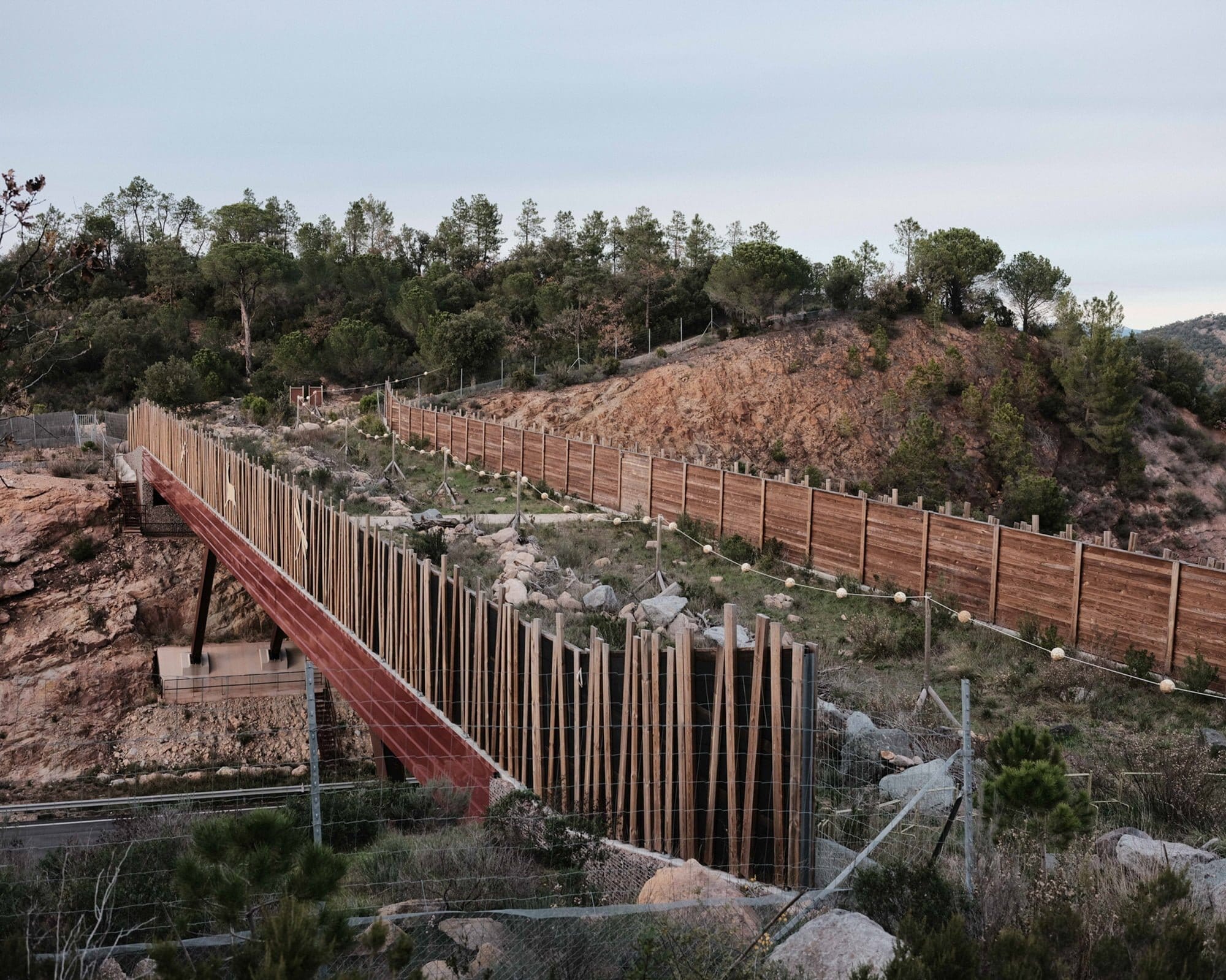
This ‘ecoduct’ is designed to encourage various types of animals to cross over the A8 highway in the south of France. France is a leader on eco corridors, with 119 across the country.
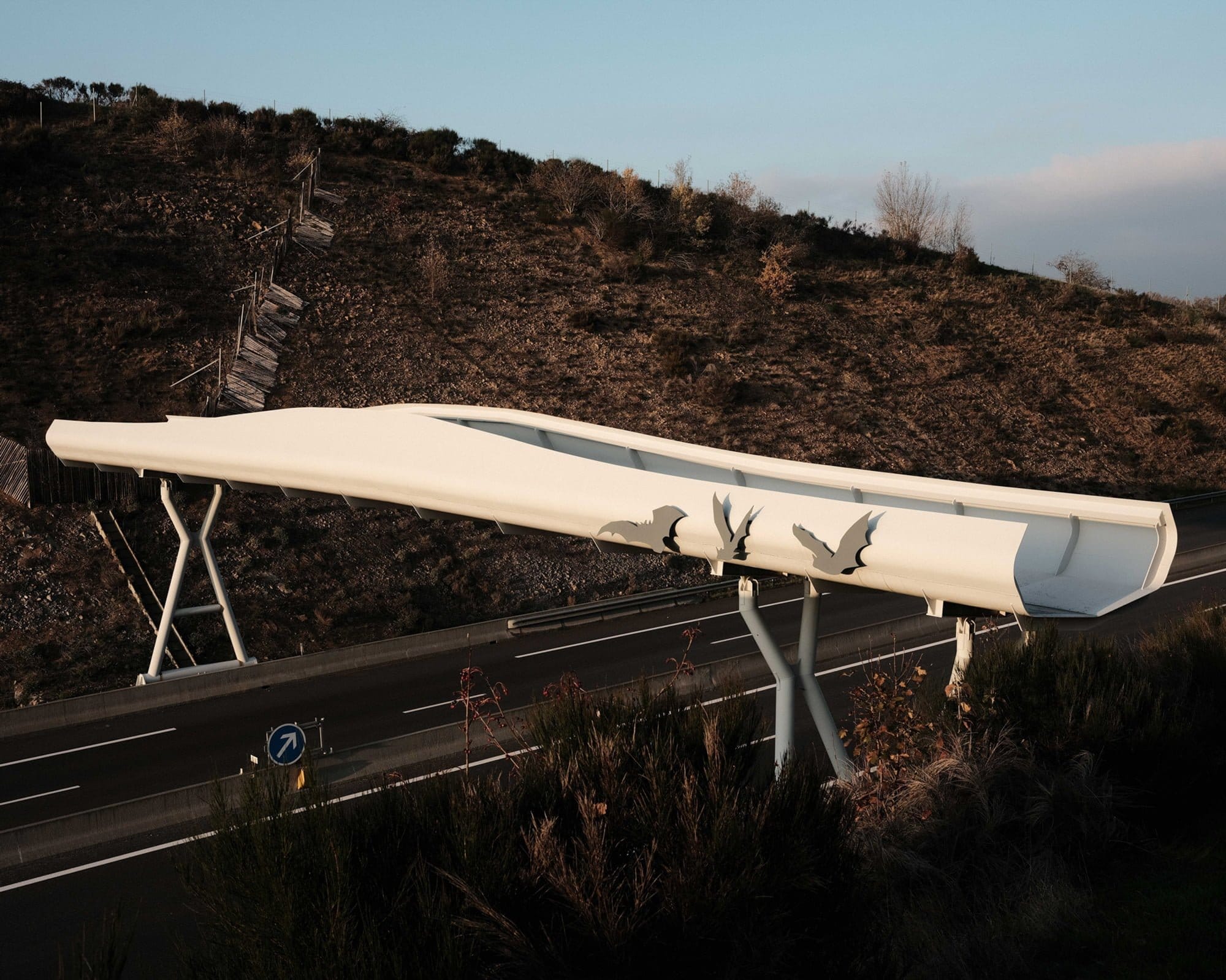
This is a bat bridge, designed to help the creatures cross a road in Neronde, France. However, some research suggests bat bridges may not be very effective.
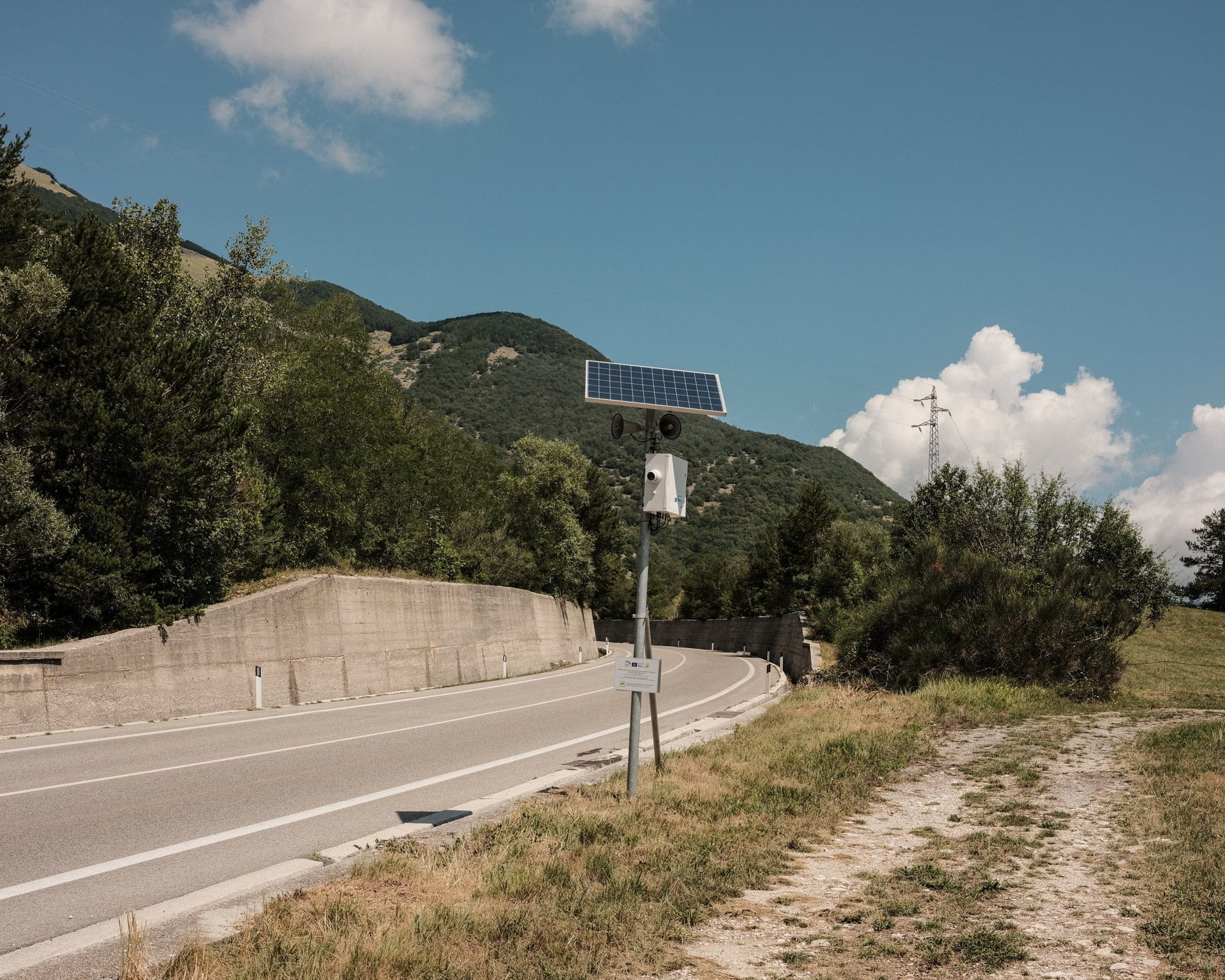
There are only around 50 Marsican brown bears left in Italy. If a bear tries to cross this road when a car is coming, an alarm sounds. The idea is for the bear to back off and try again later.

Sheep can support biodiversity by eating certain plants, and creating space for other species. The sheep themselves are part of the eco corridor, because they transport bugs, spores and seeds in their fur.

In places like Verzasca in the Swiss Alps, the needs of tourism must be balanced with the importance of preserving rivers as natural eco corridors.
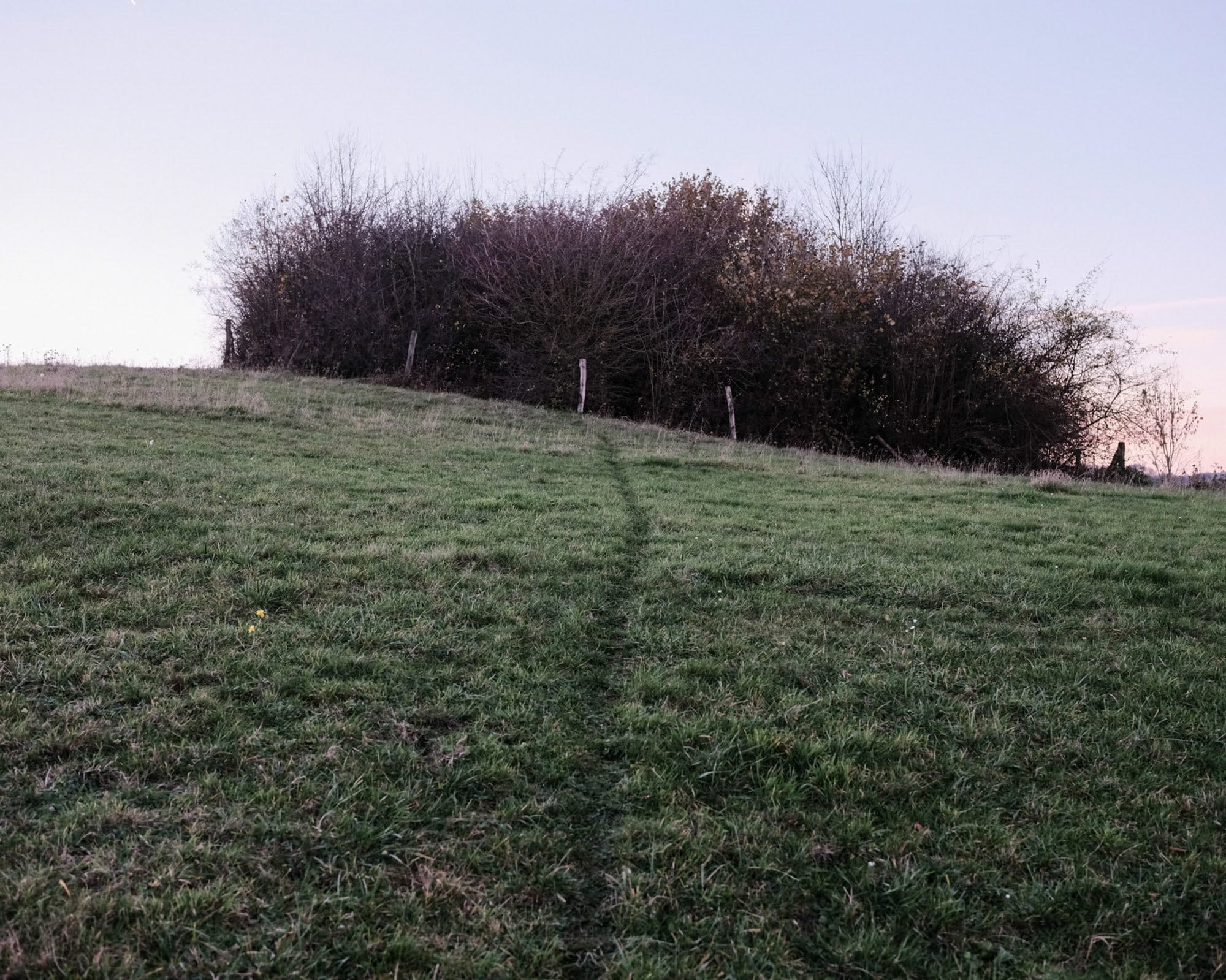
In Limburg in the Netherlands, an animal trail leads to a lynchet – a human-made elevation with bushes, used to delineate land. It’s an old-fashioned technique, but farmers are being encouraged to use lynchets or bushes instead of fences, because of their benefits for wildlife.
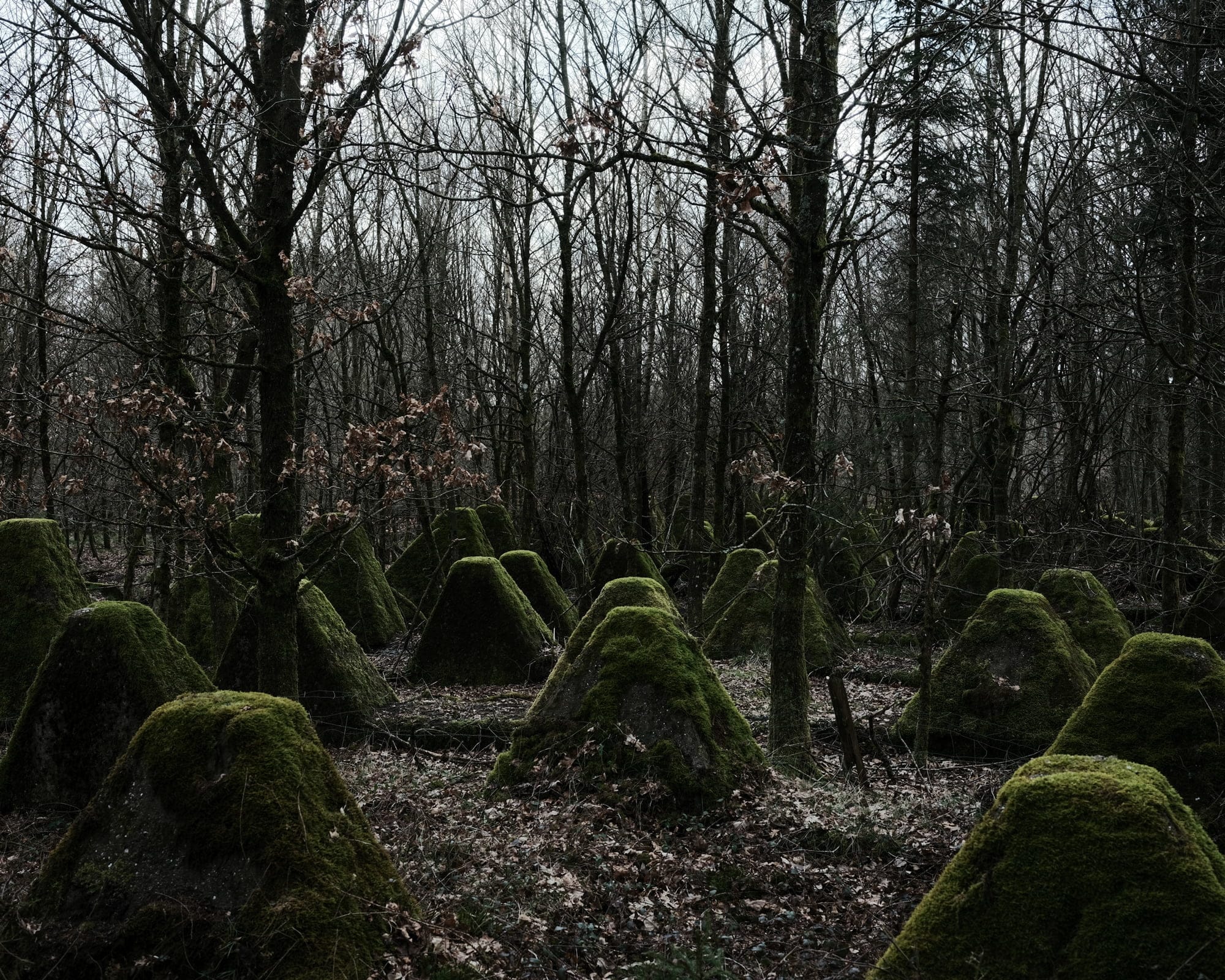
These ‘dragon’s teeth’ are relics of the Second World War – lumps of concrete designed to block tanks. They’re extremely difficult to remove, so farmers hate them, but nature loves them. Here at the border of Germany and Belgium, they provide spaces for wildcats to move around.
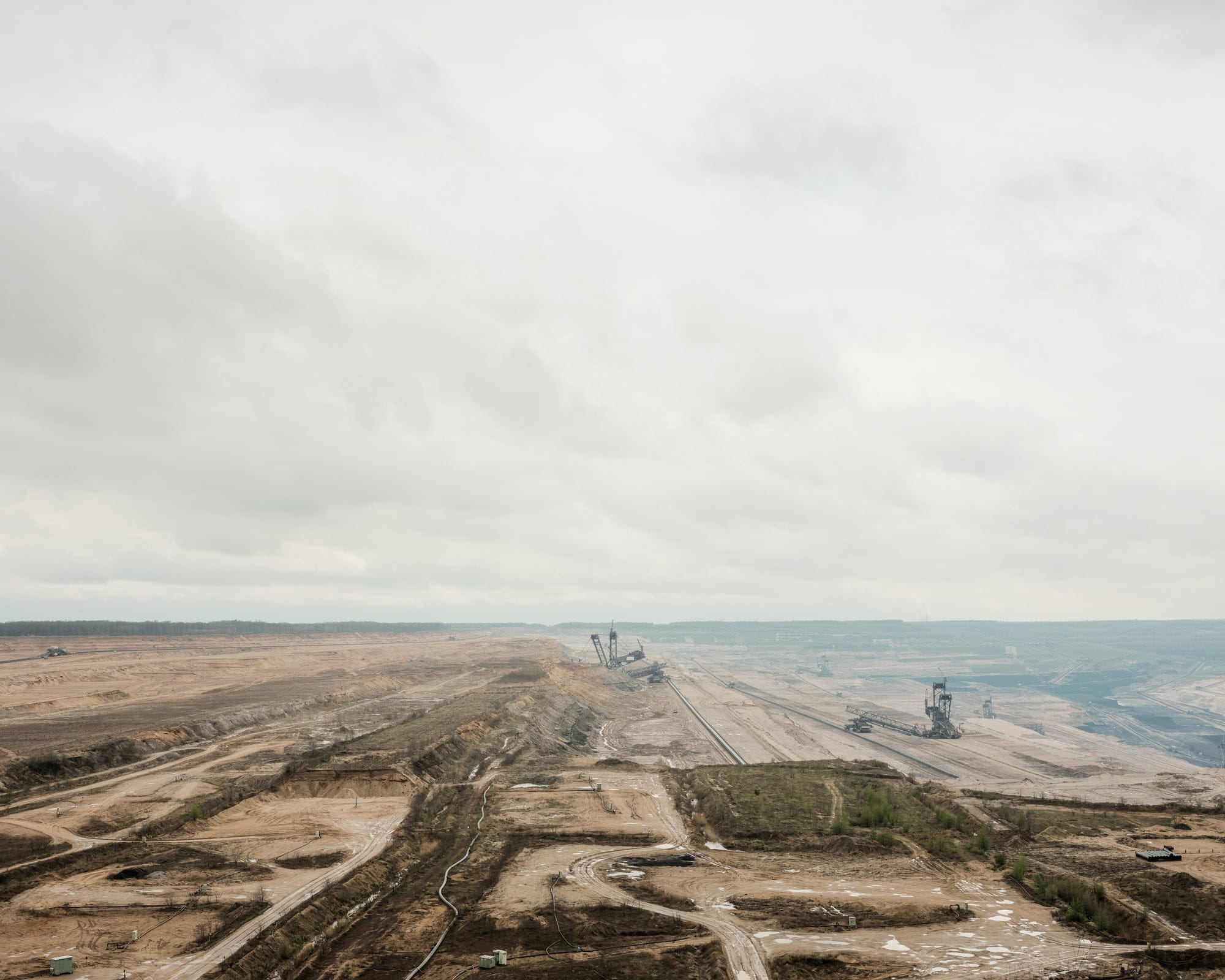
This huge open coal mine in Hambach, Germany is soon to be shut down and returned to nature. Even then, it is expected to take decades for the land to recover.
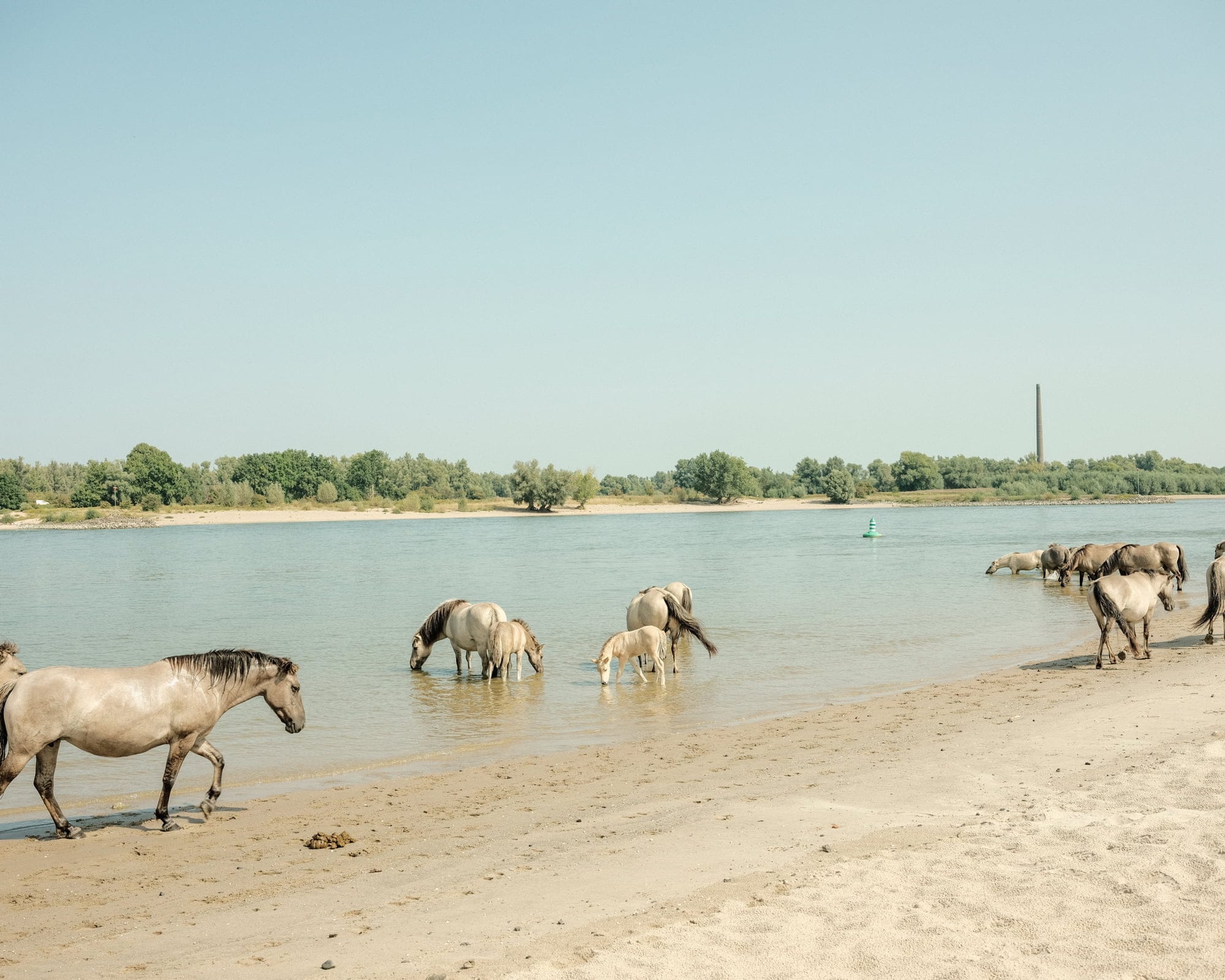
Semi-wild horses on the River Rhine in the Netherlands. This part of the river has been restored to its natural course so that it can flow and flood naturally. The project has been a showcase for river restoration in Europe.
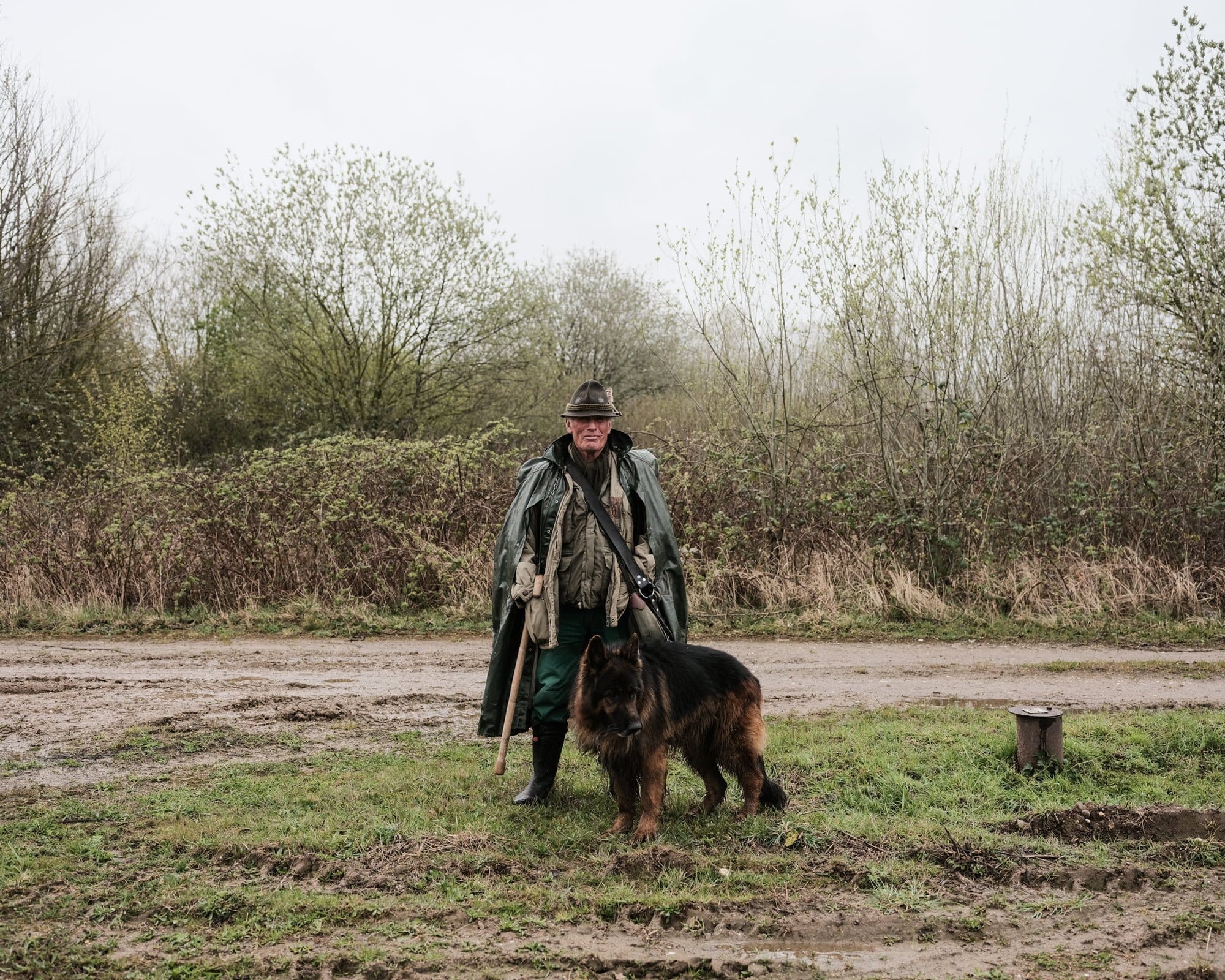
76-year-old Herr Kruger of Garzweiler, Germany, is officially retired, but he still does some shepherding as a hobby. He used to have more than 1000 sheep – now it’s just 100. Well-managed sheep help create open spaces for other wildlife.
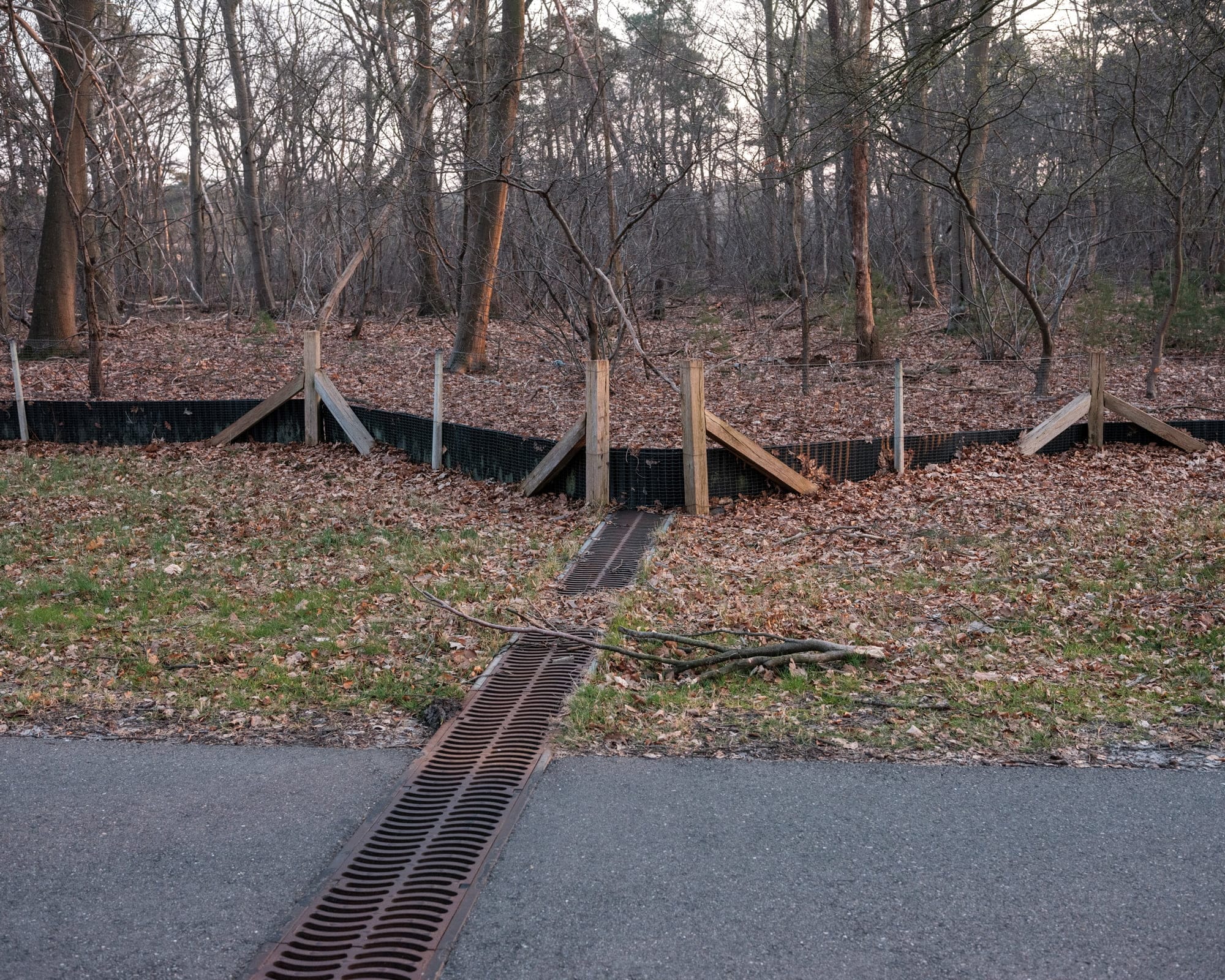
A tunnel helps toads get safely across this road in Hilversum, the Netherlands. It’s designed to let light in – otherwise conservationists know that toads wouldn’t use it.
The Green Veins of Europe project was supported by the Fund for Special Journalistic Projects and an Earth Investigations Program grant from Journalismfund.eu.
We’re able to tell stories like this because of people like you. Join others from around the world in supporting Imagine5’s mission towards a sustainable future. Become a member, or donate what you can. Find out more here.


